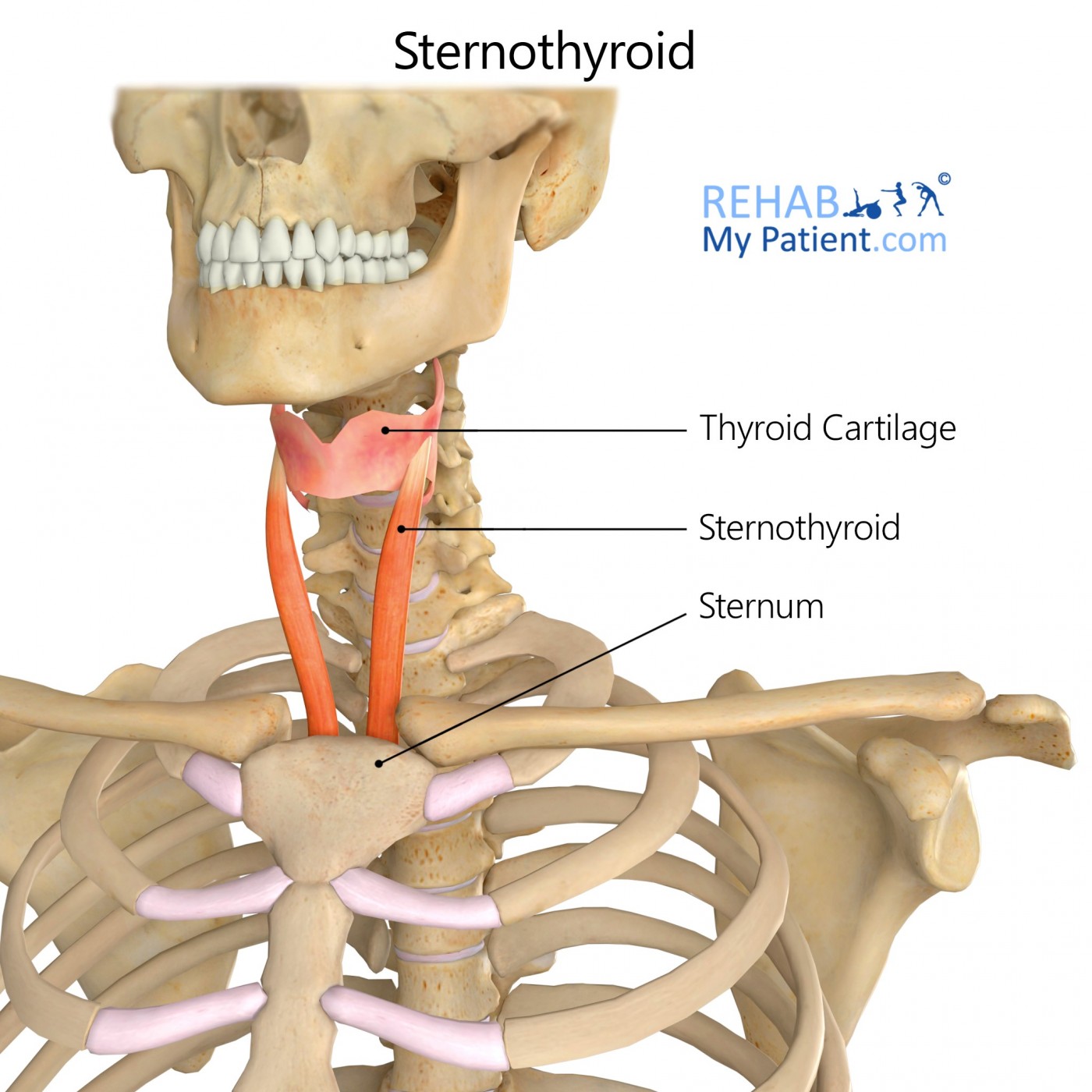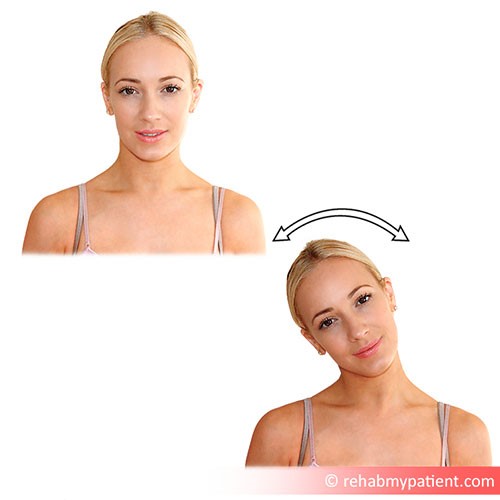
General information
The Sternothyroid muscle is found in the neck, and is situated below the sternohyoid muscle. It is shorter and wider than the sternohyoid. It comes from the posterior surface extending from the manubrium sterni, which is below the origin of the sternohyoid. It is from the edge out of the cartilage for the first and second ribs. The muscle is inserted within the oblique line out of the lamina for the thyroid cartilage. This muscle is in close proximity with its counterpart at the lower portion of the neck, but it diverges when it ascends. Occasionally, the muscle is traversed from an oblique or transverse tendinous inscription.
Literal meaning
Breast or chest shield.
Interesting information
The ability to make sounds and eat are both controlled by proper functioning of the sternothyoid muscle. As it depresses the larynx, it serves as an aid in mastication, swallowing and chewing. The raising and lowering of the larynx attributes to changes in vocal range, allowing the individual to control pitch. It can affect the volume within the pharyngeal cavity. Any trauma or injury to this muscle will affect the individual’s ability to eat and make sounds.
Origin
Upper posterior surface within the manubrium out of the sternum as well as the posterior side from the first costal cartilage.
Insertion
Oblique line from the lamina out of the thyroid cartilage.
Function
Works to depress the thyroid cartilage.
Nerve supply
Ventral rami by means of the ansa cervicalis C1-C3.
Blood supply
Thyroid ima artery.
Brachiocephalic artery’s variable branch.
Infrahyoid artery out of the superior thyroid.
Lingual artery’s suprahyoid branch.
Inferior thyroid artery arising out of the thyrocervical trunk from the subclavian artery.

Relevant research
Complications arising from thyroid surgery include infection, hormonal problems, haemorrhage, and laryngeal nerve injury. Voice alterations after a thyroidectomy are often caused by a recurring or superior injury to the laryngeal nerve. The dysfunction in the voice might be associated with laryngotracheal fixation and impaired vertical movement from temporary malfunctions of the strap muscles following surgery. The study evaluated the voice function of 54 patients before and after thyroidectomy surgery, although the functions of the superior and recurrent laryngeal nerves was normal. After surgery, symptoms included the voice being easily fatigued and difficulty with singing and high pitches. The authors concluded that the likely cause of voice dysfunction is due to disturbance of the extralaryngeal skeleton, showing the importance of the extralaryngeal mechanism when it comes to pitch control.
Hong KH, Kim YK. Phonatory characteristics of patients undergoing thyroidectomy without laryngeal nerve injury. Otolaryngol Head Neck Surg. 1997;117(4):399?404. doi:10.1016/S0194-5998(97)70133-5
Sternothyroid exercises
Lateral neck stretch
Look forward while making sure to keep the head up. Slowly move the ear toward the shoulder while the hands stay behind the back. Keep the shoulders down and the hands behind the back. Do not lift the shoulders up when tilting the head to the side. Hold the stretch for at least 20 seconds. Repeat the stretch for the other side. Perform 10 repetitions on either side for a complete stretch.

Sign Up
Sign up for your free trial now!
Get started with Rehab My Patient today and revolutionize your exercise prescription process for effective rehabilitation.
Start Your 14-Day Free Trial